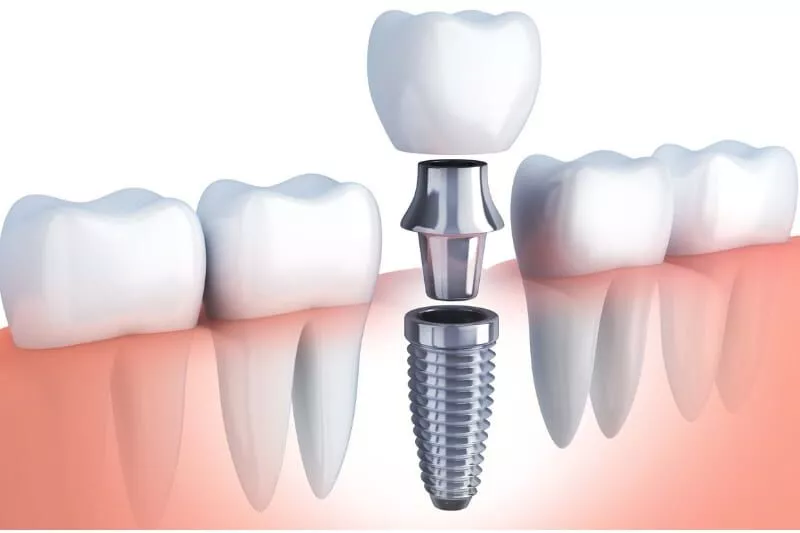If you’re missing one or more teeth, dental implants might be the ideal solution to restore your smile, improve your chewing ability, and boost your confidence. But what exactly are dental implants, and how do they work? This complete beginner’s guide will walk you through everything you need to know about dental implants—from what they are to how the procedure works, benefits, and aftercare.
What Are Dental Implants?
Dental implants are artificial tooth roots made of biocompatible materials, typically titanium, that are surgically placed into your jawbone. They serve as a strong foundation for fixed or removable replacement teeth designed to match your natural teeth. Unlike dentures or bridges, implants integrate with your bone, providing a stable and long-lasting solution for tooth loss.
How Do Dental Implants Work?
The dental implant process typically involves several key steps:
1. Initial Consultation and Planning
Your dentist or oral surgeon evaluates your oral health, takes X-rays or 3D scans, and discusses your medical history. They assess whether you have enough healthy jawbone to support an implant or if bone grafting is necessary.
2. Implant Placement Surgery
The implant, a small screw-like post, is surgically inserted into your jawbone beneath the gum line. This acts as a replacement root for your missing tooth.
3. Osseointegration (Healing Phase)
Over the next few months, the implant fuses with the jawbone through a natural process called osseointegration. This creates a strong, stable base for the artificial tooth.
4. Abutment Placement
Once healed, a small connector called an abutment is attached to the implant. This piece connects the implant to the replacement tooth.
5. Crown Placement
Finally, a custom-made dental crown (the visible part of the tooth) is attached to the abutment. The crown is designed to look, feel, and function like a natural tooth.
Types of Dental Implants
- Endosteal Implants: The most common type, placed directly into the jawbone.
- Subperiosteal Implants: Placed on or above the jawbone, under the gum, used in cases where there is insufficient bone height.
Who Is a Good Candidate for Dental Implants?
- Healthy gums and adequate bone to support the implant
- Committed to good oral hygiene and regular dental visits
- Non-smokers or willing to quit smoking during healing
- No uncontrolled chronic illnesses like diabetes or immune disorders that could impair healing
Benefits of Dental Implants
- Natural Look and Feel: Implants look and function just like your natural teeth.
- Improved Speech and Eating: Unlike dentures, implants don’t slip or cause discomfort.
- Durability: With proper care, implants can last a lifetime.
- Bone Preservation: Implants stimulate the jawbone and prevent bone loss that occurs after tooth loss.
- Preserves Adjacent Teeth: Unlike bridges, implants don’t require grinding down nearby healthy teeth.
Care and Maintenance of Dental Implants
Caring for implants is similar to natural teeth care:
- Brush twice daily with a soft-bristle toothbrush
- Floss regularly to remove plaque and debris
- Visit your dentist for routine check-ups and cleanings
- Avoid habits that could damage teeth, like chewing ice or hard candy
Potential Risks and Considerations
- Possible infection at the implant site
- Injury to surrounding teeth or nerves
- Implant failure if osseointegration does not occur
- Longer treatment timeline compared to dentures or bridges
How Much Do Dental Implants Cost?
The cost varies widely depending on factors like the number of implants, the need for bone grafts, the type of crown, and geographic location. While implants may have a higher upfront cost, their durability and benefits often make them a cost-effective long-term solution.
Final Thoughts
Dental implants are a revolutionary tooth replacement option that can dramatically improve your quality of life. If you’re considering implants, consult with a qualified dental professional who can guide you through the process and customize a treatment plan based on your individual needs.




